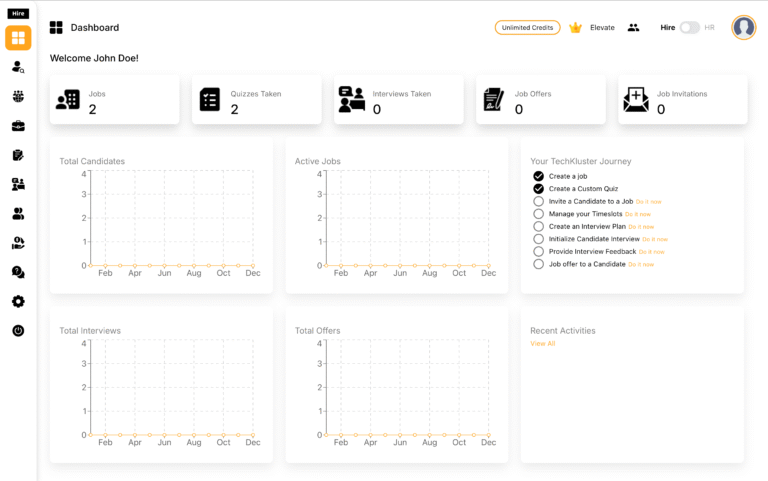Introduction Wine, which stands for "Wine Is Not an Emulator," is a compatibility layer that allows you to run Windows applications on Linux and other Unix-like operating systems. This article will guide you through the process of installing and configuring Wine on a Linux system. Step 1: Check System Requirements Before installing Wine, ensure that …
Introduction
Wine, which stands for “Wine Is Not an Emulator,” is a compatibility layer that allows you to run Windows applications on Linux and other Unix-like operating systems. This article will guide you through the process of installing and configuring Wine on a Linux system.
Step 1: Check System Requirements
Before installing Wine, ensure that your system meets the necessary requirements. Most modern Linux distributions should be compatible. However, it’s a good idea to check for any specific recommendations or dependencies for your distribution.
Step 2: Update Package Lists
Open a terminal and update your package lists to ensure you have the latest information about available packages. Use the following commands based on your package manager:
For Debian/Ubuntu-based systems:
sudo apt updateFor Red Hat/Fedora-based systems:
sudo dnf updateStep 3: Install Wine
Once your package lists are updated, you can install Wine. Use the package manager relevant to your distribution:
For Debian/Ubuntu-based systems:
sudo apt install wineFor Red Hat/Fedora-based systems:
sudo dnf install wineStep 4: Verify Installation
After the installation is complete, verify that Wine is installed correctly by checking its version:
wine --versionThis command should display the installed Wine version, confirming a successful installation.
Step 5: Configure Wine
Wine comes with a default configuration, but you might need to make some adjustments based on your needs. Use the following command to open the Wine configuration tool:
winecfgThis tool allows you to configure various settings, such as Windows version compatibility, audio, and graphics. Adjust the settings as necessary for your applications.
Step 6: Install Windows Applications
Now that Wine is installed and configured, you can start installing Windows applications. Download the executable (.exe) file of the application you want to run and use the following command:
wine /path/to/application.exeReplace “/path/to/application.exe” with the actual path to your application’s executable.
Step 7: Troubleshooting Common Issues
While Wine strives to provide a seamless environment for running Windows applications on Linux, you may encounter occasional issues. Here are some common problems and their solutions:
- Missing DLL Files: If an application complains about missing DLL files, you might need to install additional components. Use the
winetrickstool to easily install necessary dependencies:
sudo apt install winetricks # For Debian/Ubuntu-based systemsThen, run winetricks and select the required components for your application.
- Graphics and Performance: Adjusting graphics and performance settings within the Wine configuration tool may help resolve issues related to slow performance or graphical glitches. Experiment with different settings to find the optimal configuration for your system.
- Application-Specific Fixes: Some applications may require specific tweaks or workarounds. Visit the Wine AppDB to find user-contributed tips and solutions for running specific applications.
Step 8: Updating Wine
Wine is actively developed, and newer versions often come with bug fixes and improvements. To update Wine to the latest version, you can use your package manager or, if you installed Wine from source, follow the official instructions on the WineHQ download page.
For Debian/Ubuntu-based systems:
sudo apt update
sudo apt upgrade wineFor Red Hat/Fedora-based systems:
sudo dnf update wineStep 9: Uninstalling Wine
If, for any reason, you decide to remove Wine from your system, you can do so using your package manager. For Debian/Ubuntu-based systems:
sudo apt remove wineFor Red Hat/Fedora-based systems:
sudo dnf remove wineStep 10: Contributing to Wine
Wine is an open-source project, and you can contribute to its development or report issues. Visit the Wine development page for information on how to get involved and make a positive impact on the project.
Additional Tips
- Use Wine Prefixes: Consider using Wine prefixes to isolate different applications and their dependencies. This helps prevent conflicts between applications.
WINEPREFIX=/path/to/prefix wine /path/to/application.exe- Explore WineHQ: Visit the WineHQ website for compatibility information and user reviews about specific applications.





